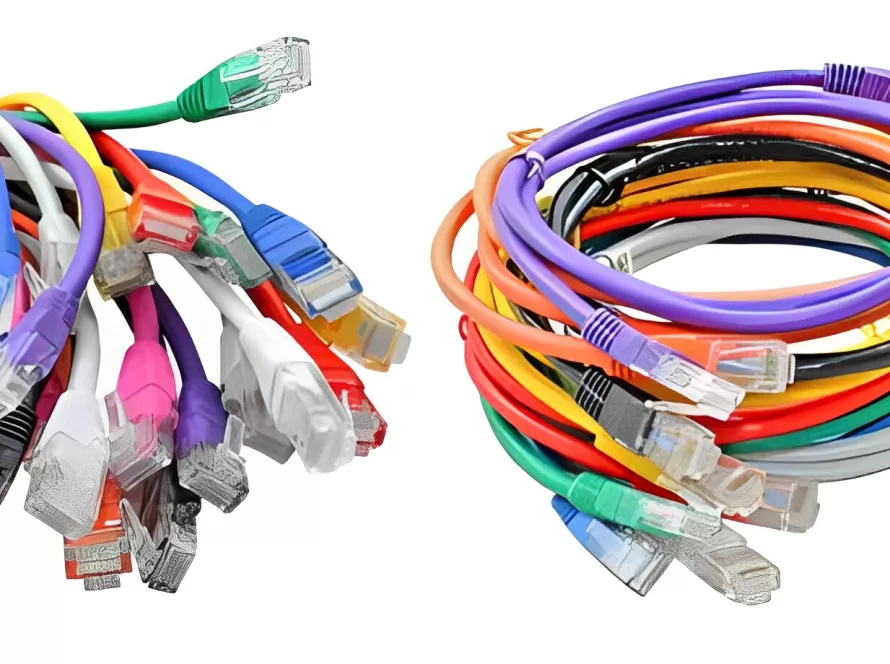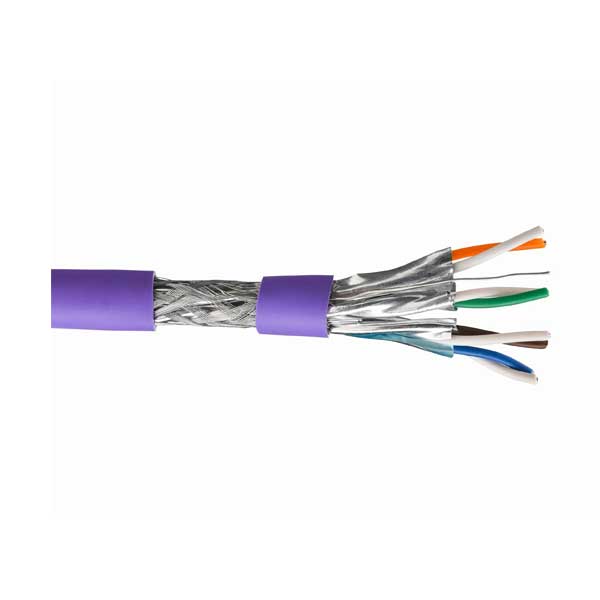9 Electric Wiring Hacks Electricians Should Know
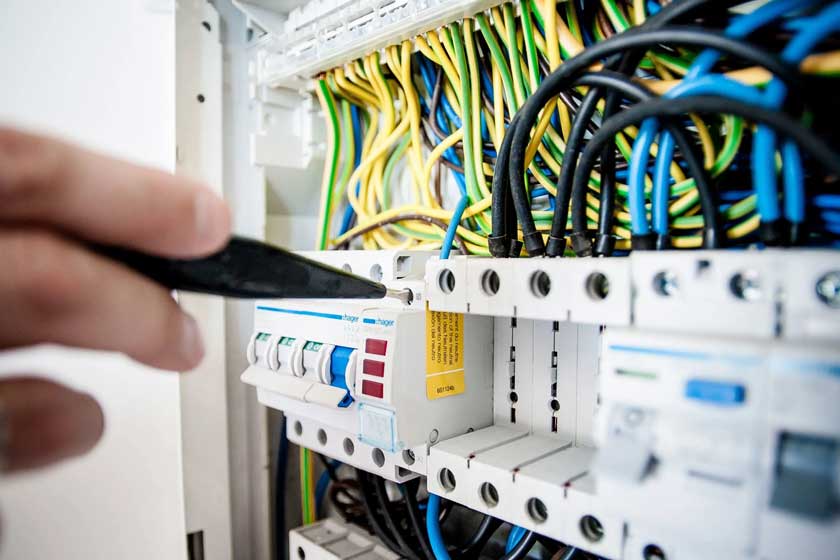
As an electrician, you’re well aware that electrical wiring is a meticulous task. A minor oversight can lead to significant issues, potentially endangering lives and property. Therefore, efficiency and effectiveness are paramount when dealing with electrical wiring. Learning a few tricks about electric wiring can be helpful whether you’re a homeowner, a do-it-yourselfer, or a professional electrician. The ten in-depth tips provided here will make your electrical wiring projects simpler, safer, and more productive.
Using Color-Coded Electrical Tape
One of the fundamental principles in electrical work is ensuring that wires are correctly identified. While many wires come color-coded, sometimes you might find yourself working with similar-looking wires. This is where color-coded electrical tape comes in handy. By wrapping a small piece of tape around each wire, you can easily identify them later on.
Properly identifying wires can prevent dangerous mistakes like connecting a live wire to a neutral one. Always remember to turn off the power before working on any circuit and double-check your markings before making connections.
Lastly, using color-coded tape can also be beneficial when working with older wiring systems that might not adhere to modern color-coding standards. By establishing your own color code and marking wires consistently, you can ensure that any future work on the system is straightforward and safe.
Staggering Splice Connections
When splicing multiple wires together, a common mistake is to have all the splices lined up in a row. This can create a bulky connection point, making it difficult to fit everything back into an electrical box. A better approach is to stagger the splice connections.
By staggering the splices, you distribute the bulk along the length of the wire, making it easier to fold and fit into the box. This method also reduces the risk of short circuits, as the splices are less likely to touch each other. When using wire nuts, ensure they are the correct size for the number and gauge of wires you’re connecting.
Additionally, always ensure that your splices are secure. A loose connection can lead to arcing, which can cause fires. After making a splice, give the wires a gentle tug to ensure they are firmly held within the wire nut or connector.
Using A Cable Ripper
Stripping the outer sheathing from NM (non-metallic) cable can be a challenge, especially for beginners. Using a knife can result in nicked conductors, which can be a potential hazard. Enter the cable ripper, a simple tool designed specifically for this task.
The cable ripper works by neatly slitting the outer sheathing without damaging the inner wires. To use it, insert the cable into the tool, squeeze, and pull.
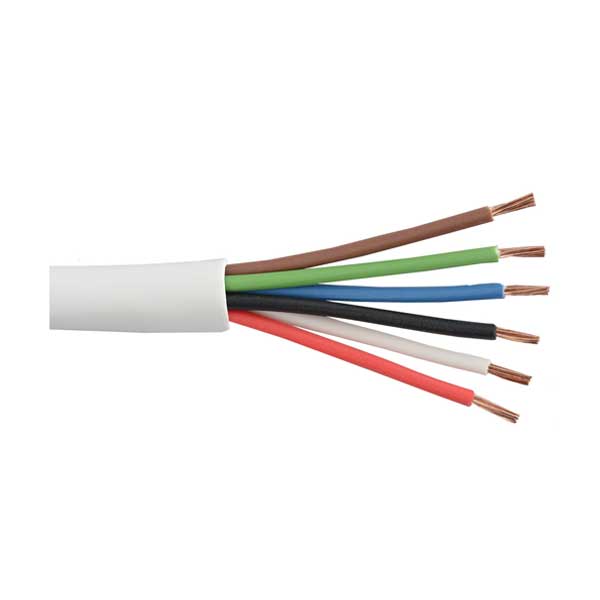
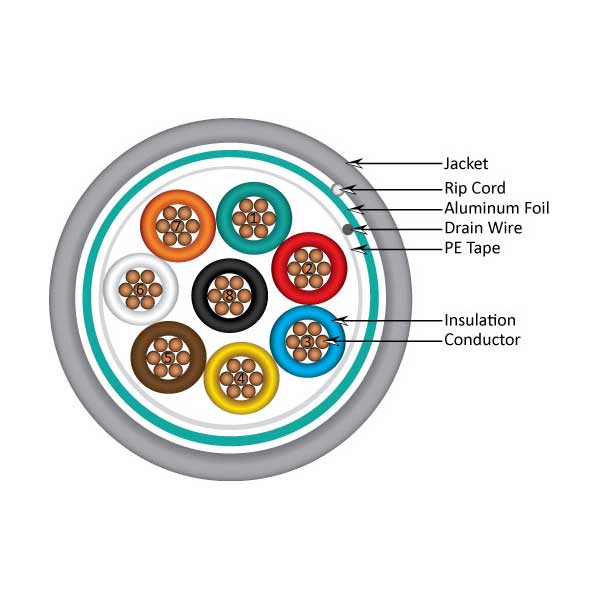
Using Fish Tape for Running Wires
Running wires through walls, ceilings, or conduits can be a challenging task. Fish tape, a long, flexible tool, can make this job much easier. It’s designed to be pushed, pulled, or guided through confined spaces, allowing you to pull wires along with it.
Start by pushing the fish tape through the starting point until it reaches the endpoint. Attach the wires to the end of the fish tape using electrical tape, ensuring they are securely fastened. Then, pull the fish tape back, guiding the wires along with it.
When using fish tape, always be gentle. Forcing it can cause it to get stuck or damage the walls or conduits. Lubricating the tape with a wire-pulling lubricant can also make the task smoother.
Using A Non-Contact Voltage Tester
When dealing with electricity, safety must always come first. It is imperative to turn off the electricity to the circuit before working on it.
This device can detect voltage without needing to touch any wires or terminals. Simply bring it near the cable or equipment you want to check for voltage, and the device will respond accordingly. With this instrument, you can check the security of your workplace quickly and easily.
Using Pigtail Connections
Pigtail connections are preferable to attaching devices like outlets and switches directly to the main circuit wires. A pigtail is the segment of wire that links the peripheral to the larger system.
If a device fails or needs to be replaced, a pigtail can be used to keep the main circuit working. This is especially helpful in circuits with numerous devices since it eliminates the possibility of a single device’s malfunction impacting the rest of the circuit.
To create a pigtail connection, use a wire nut to splice the end of the pigtail wire into the main circuit wire. The other end must be connected to the gadget. This approach ensures a neater, safer, and more effective wiring configuration.
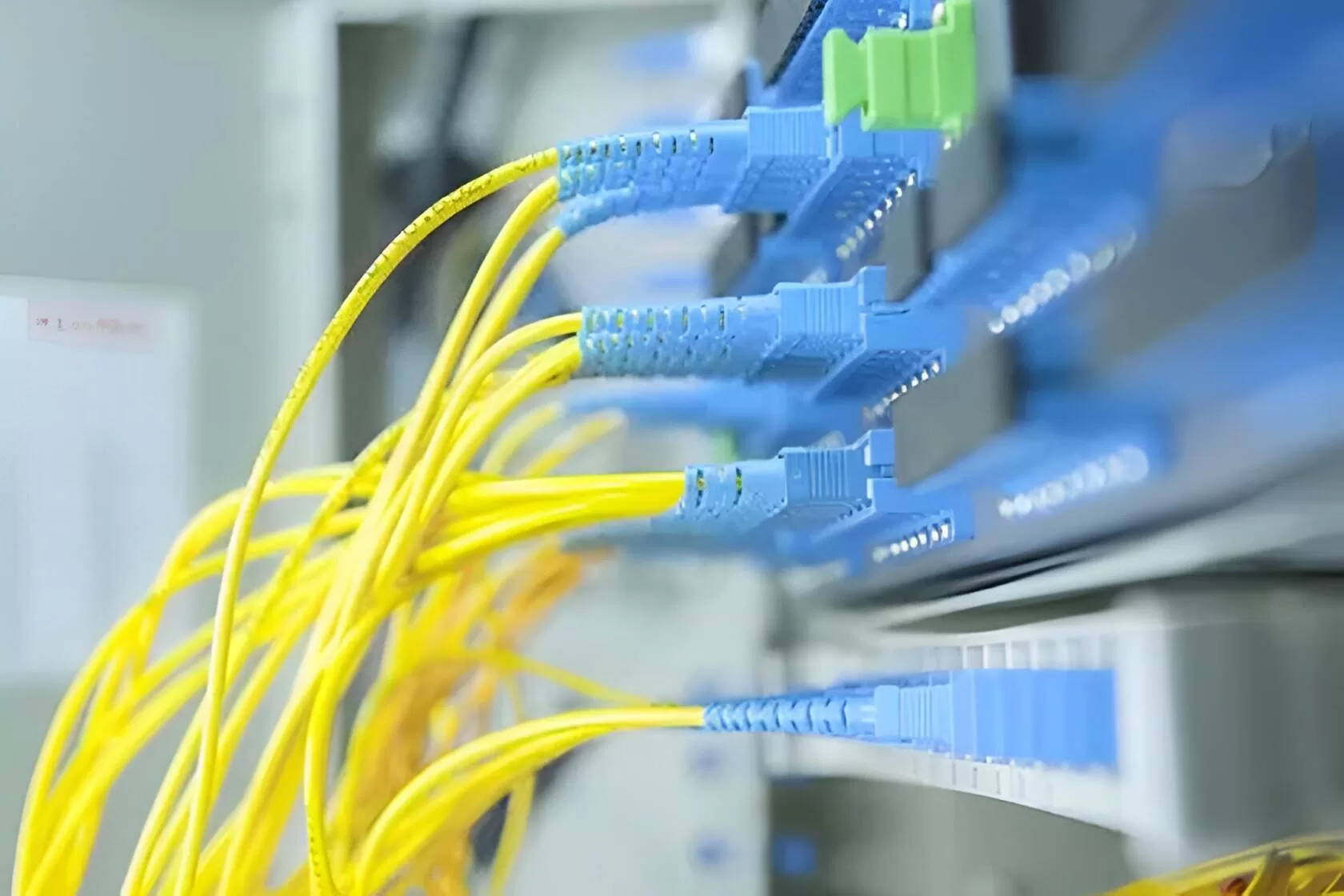
Using Deep Electrical Boxes
When working with multiple wires or devices in one electrical box, space can quickly become an issue. Crowded boxes can make it difficult to make connections and increase the risk of short circuits.
Using deep electrical boxes can alleviate this problem. These boxes provide more space for wires and devices, making it easier to work and reducing the risk of issues. They are especially useful in circuits with multiple switches, outlets, or when using dimmer switches, which tend to be bulkier than standard switches.
While deep boxes might be slightly more expensive than standard ones, the ease of installation and increased safety they provide make them a worthwhile investment.
Labeling Circuit Breakers
It’s easy to get confused about which circuit breaker controls which room in the house. This can add extra work and time to simple operations like turning off the power to a specific room or device.
You may avoid a lot of trouble if you take the effort to name each circuit breaker. You can clearly mark each breaker with its corresponding area or appliance with permanent marker. This simple hack can make future electrical work or troubleshooting much more straightforward.
If you’re unsure about which breaker corresponds to which part of your home, you can turn off each breaker one by one and check which areas lose power. This method can help you accurately label each breaker.
Securing Loose Outlets
Loose electrical outlets might cause shaky plugs and other connection problems after some time. Using outlet shims is a quick and easy fix for loose outlets. These are slender plastic pieces that fit behind the outlet and make it look like it’s part of the wall.
To begin, disconnect the power to the wall outlet. Take off the cover and unscrew the plug-in’s mounting screws. To make the outlet flush with the wall, slide the shims behind it and fasten the screws before replacing the cover.
In addition to improving their aesthetic value, this hack also makes for a more robust connection, lowering the possibility of arcing and other electrical problems.
Final Thoughts
Performing electrical work safely necessitates accuracy, thoroughness, and alertness. You may simplify, speed up, and safeguard your electrical wiring projects by using these ten tried-and-true techniques. These suggestions can improve the outcomes of electrical projects for both experienced professionals and do-it-yourself enthusiasts. The most important thing to perform these hacks is to use high quality wiring. Wires from Tongda Cables and Wires are safe, secure, and durable to use. From electric cables to cable accessories, you can find anything you want, in premium quality.


